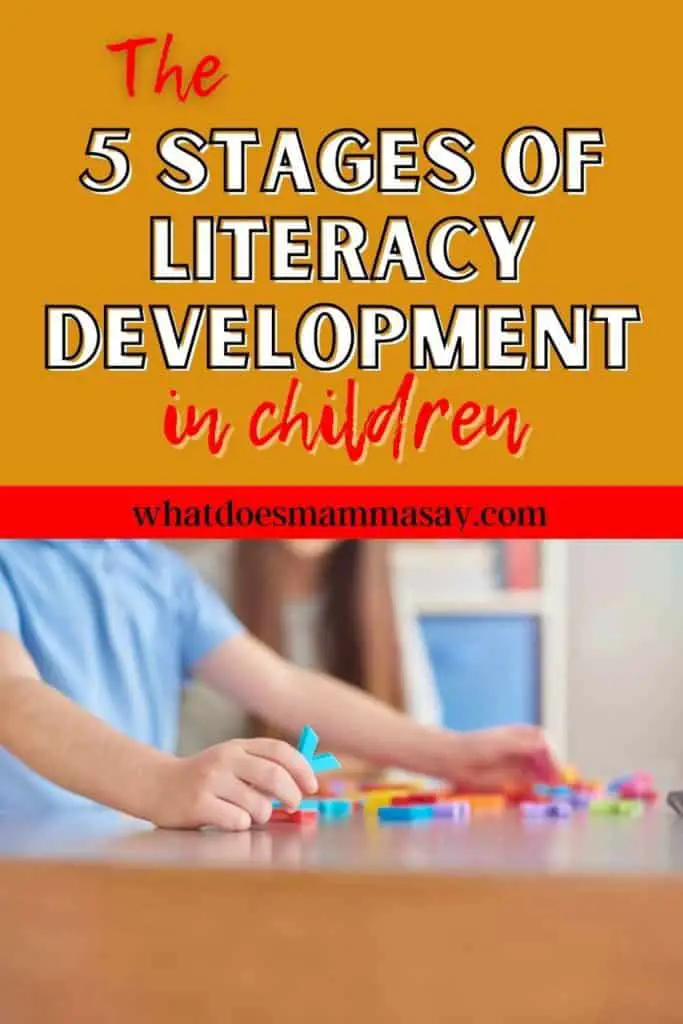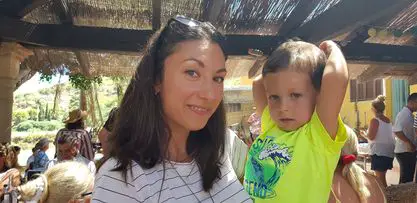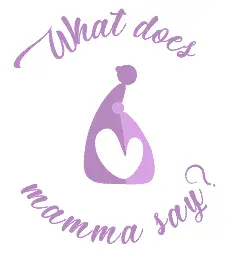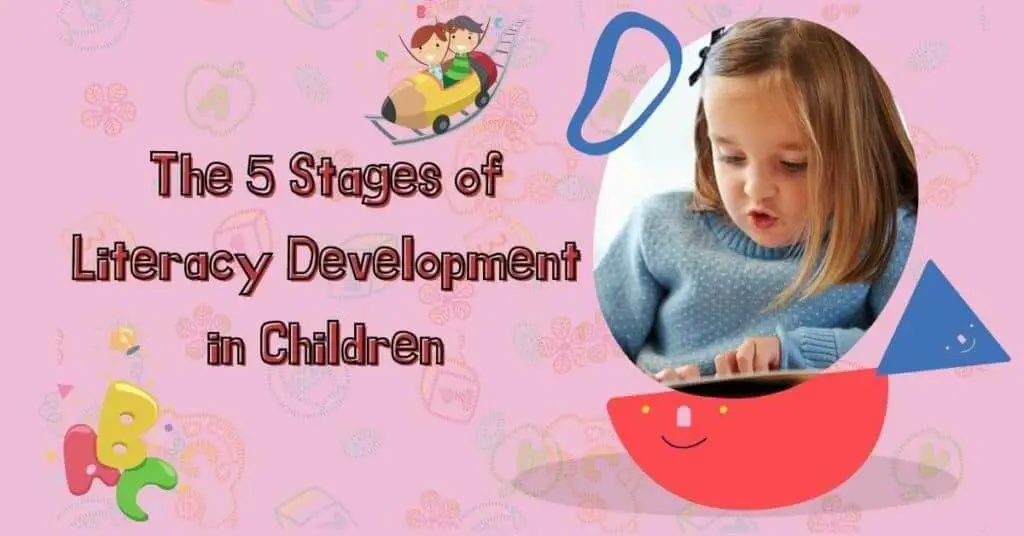In this post, we will get a better understanding of children´s stages of literacy development in early years as well as the behaviors that they typically display in each stage, and based on this, you will be able to tell at which stage your child is right now.
A Quick word about Early Literacy
One of the most important developmental processes for children is language and literacy skills. This process begins in early infancy.
You might frown and say “Early infancy? Surely you’re not saying that I should start teaching the alphabet to my baby!”.
Well, not exactly. Early literacy, which refers to the first 3 years of life, is a period when a child first experiences books, stories, paper, and pencils. These are the initial building blocks to later stages of literacy development.
Recent studies have shown that language, reading and writing develop at the same time and they are closely linked. At the same time, it has been established that these skills are developed in real-life settings as an interactive and experiential process.
Which means that we, as parents, can do a lot to support our children develop early literacy behaviors like:
- Reading to them from the first day of life
- Allowing them to manipulate the books
- Encouraging recognition and interaction with the pictures in the books
- Imitating and talking about the actions in the pictures
- Talking to them all the time

Just to be clear, early literacy does not advocate teaching reading and writing to younger and younger children. Rather it encourages being aware of a child’s natural development and supporting him through positive interactions with other children, adults and providing literacy-rich experiences. Formal instruction can have a negative effect when done too soon.
The 5 stages of Literacy Development
As adults, we take reading and writing for granted. We sometimes don’t realize that such seemingly simple actions like reading a recipe or writing a note are complex processes that take time.
Recent research has identified 5 stages of literacy development that a learner goes through as they learn how to read, write and comprehend a written text.
It is important to keep in mind that each person goes through these stages at their own pace. Some may spend more time in one stage or go through them quicker. Some may even spend a significant amount of time in two stages simultaneously. Rushing this process can have a detrimental effect, so adjusting to each child’s individual pace is vital.
By learning what behavior children exhibit in each stage we will be better equipped to support our little ones on their early literacy development journey.
Here are the 5 stages of literacy development and the behaviours that children will display in each stage.
1. The emergent Readers and Spellers
The first stage typically begins in early infancy and lasts till the child is 5 or 6 years old. It is also referred to as the pre-illiterate phase.Some of the behaviors that kids in this stage exhibit are:
- Pretending to read books that they have previously been exposed to
- Holds books the right way up and enjoys playing with them
- The child is interested in playing with materials like paper, crayons, pencils, scissors, etc.
- Can say and chant the letters but can’t necessarily recognize them individually
- Scribbles unintelligible letters pretending to write
Towards the end of this stage,
- They recognize the letters that make up their name and are able to scribble them.
- Can identify and differentiate between uppercase and lowercase letters.
- They start identifying more and more high-frequency words.
- They prefer writing uppercase letters
Learning the alphabet has never been so fun and engaging! Teach letter recognition to your little one and practice simple spelling with Happy Letters Busy Book.
Get your free sample now.
Get the Full Happy Letters Busy Book Pack (55 worksheets)
2. Alphabetic Readers and Spellers
The second stage, also known as the letter name phase, is between 5 and 8 years of age. Children start their formal education. In this stage, they learn the relation between letters and sounds.
Some of the typical behaviours in this stage include:
- They begin to recognize words by sight
- Children write phonetically
- Reading is laborious and they will use context clues like pictures to figure out the word
- They finger-point the words as they read and vocalize them
- When spelling they may still reverse letters
3. The Decoding Reader or Word Pattern Readers and Spellers
Children between 7 and 9 years are generally in this stage. The main characteristics of stage 3 are increased fluency and the fact that kids start to chunk parts of the word instead of reading individual letters.
Some of the typical behaviours in this stage include:
- Children are able to read more without assistance
- Their comprehension of the text greatly improves
- Can recognize many high-frequency words
- By the end of this stage, children can read and understand around 3000 words
- Uses fewer and fewer context clues to understand new words
4. Transitional or Intermediate Readers and Spellers
Stage number 4 includes children between the ages of 9 and 13 to 15 years of age.
Some of the behaviours in this stage include:
- Their comprehension of what is being read is much better and reading is being used to gain new ideas and knowledge
- Children have more strategies in place for understanding unfamiliar words
- They begin reading at a faster rate
5. Fluent Readers and Spellers
In the final stage, the learner has become a fluent and accomplished reader. They are able to read long, complex texts and novels with no assistance. Reading is used for the learner’s professional and personal needs. Also, the reader is able to synthesize the text and create new knowledge based on it.
Hopefully this post will give you some information about early literacy ( you can read more about Emergent Literacy in children and its Importance) and based on some of the typical behaviours you may be able to determine at which stage your child is and prepare your activities accordingly.
However, keep in mind that each child has his own rhythm and some may spend more time in one stage or even in 2 stages simultaneously. As parents and educators, allowing children to develop literacy skills at their own pace without forcing them beyond their limits them is vital.
If you found this post useful, be sure to share it with your friends. Every little bit helps 🙂

Mom of two wonderful children, dedicated teacher and book lover.




such a great article, my daughter is about to be 3 and she loves playing with colored pencils and paper. even she pretend to write, Draws a random line, and says, ‘I’ve written my name, mama”
i loved your article
Thank you, Farwa! My son does the same. Adorable!
Great info about literacy development! My son is 5 and it’s such a joy to see him learning to read and choosing to read over other activities. It was interesting to see where he falls in the stages of development.
Thank you, Crystal! I am so glad that you found the post useful 🙂
In love to read your article, l learn so many new things everytime and help me to know more about my children ❤️
Thank you so much Francy! I am so glad that you find them helpful. I love your recipes btw 🙂
As a previous Kindergarten teacher, these are great and so important for families to know. Thanks so much for sharing!
Hi Rachael. Thank you for reading 🙂
This sounded so useful particularly to parents or guardians .
thank you indeed for your page
Thank you, Milton! I am so happy that you found the post useful.